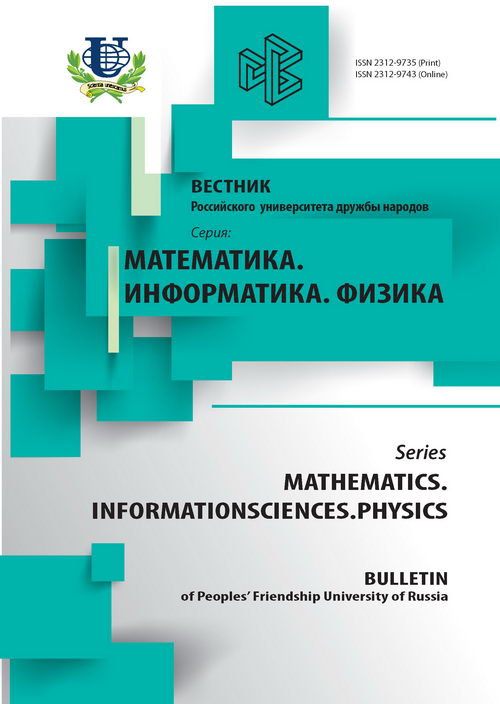Modeling in the Adiabatic Waveguide Modes Model of Amplitude-Phase Transformation of the Electromagnetic Field by a Thin-Film Generalized Waveguide Luneburg Lens
- Authors: Sevastyanov AL1, Kulyabov DS1, Sevastyanov LA1
-
Affiliations:
- Peoples’ Friendship University of Russia
- Issue: No 4 (2013)
- Pages: 132-142
- Section: Articles
- URL: https://journals.rudn.ru/miph/article/view/8813
- ID: 8813
Cite item
Full Text
Abstract
R.K. Luneburg proposed a model of the three-dimensional propagation of electromagnetic radiation. V. Guillemin and S. Sternberg showed that the basic equations of Luneburg, which are the Lagrange equations, correspond to Hamilton’s equations on the cotangent bundle over a three-dimensional configuration space. The model described is a “close relative” of the adiabatic guided modes model, proposed by the authors. In this model similary, two-dimensional ray equations for integrated optical waveguide correspond to Hamilton’s equations on four-dimensional phase space. In this model, the construction of quasi-classical solutions is the phase function of the Hamilton–Jacobi, for the initial phase function the initial Lagrangian manifold is constructed, which is transformed by means of the Hamiltonian flow. As long as the Lagrangian manifold occurred in this process is uniquely projected on the configuration space, we find the phase function by calculating the action along the path.
About the authors
A L Sevastyanov
Peoples’ Friendship University of Russia
Email: alsevastyanov@gmail.com
Telecommunication System Department
D S Kulyabov
Peoples’ Friendship University of Russia
Email: dharma@sci.pfu.edu.ru
Telecommunication System Department
L A Sevastyanov
Peoples’ Friendship University of Russia
Email: leonid.sevast@gmail.com
Telecommunication System Department
References
Supplementary files















